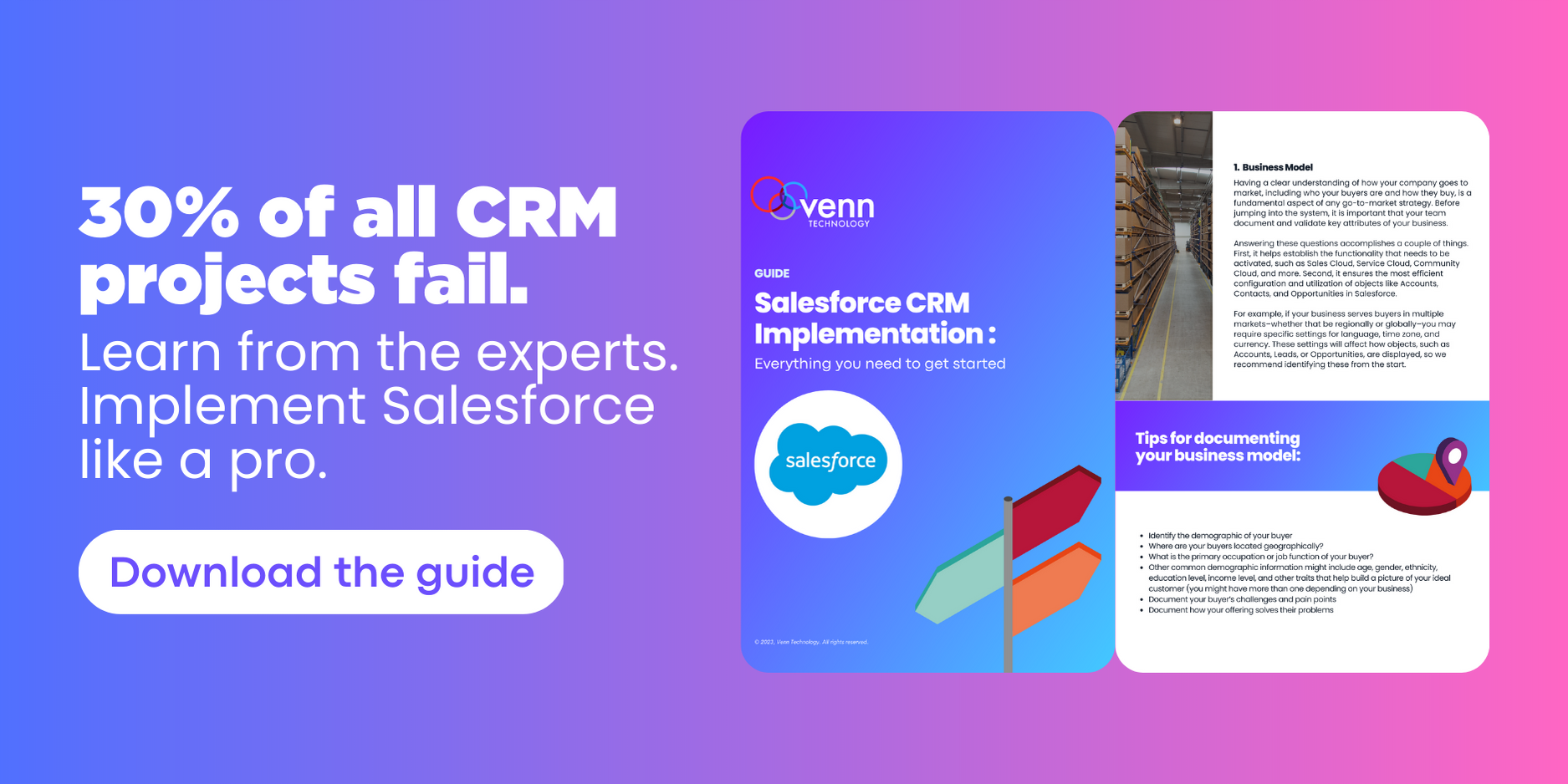The 6 Phases of a Salesforce CRM Implementation
Written byBjørn Koding
Salesforce implementations are no joke. Seriously—according to a study from CIO magazine, around 30% of CRM implementation projects fail. Many organizations often misfire in their approach when implementing in-house and without a subject matter expert.
| Read more: Avoid These 15 Things When Implementing Salesforce CRM
A ton of customer data goes into Salesforce, and teams rely heavily on that if they have plans to grow the business. Just like the famous Dunkin’ Donuts slogan, America Runs on Dunkin’, you could say the same about businesses running on Salesforce.
As a seasoned Salesforce Partner, we’ve tried and tested our approach to implementing CRMs for other organizations. In our team’s experience, there are six key phases to ensuring a project’s success: Kickoff, Discovery, Build, Test, Deploy, and Service. Let’s take a closer look at each one.
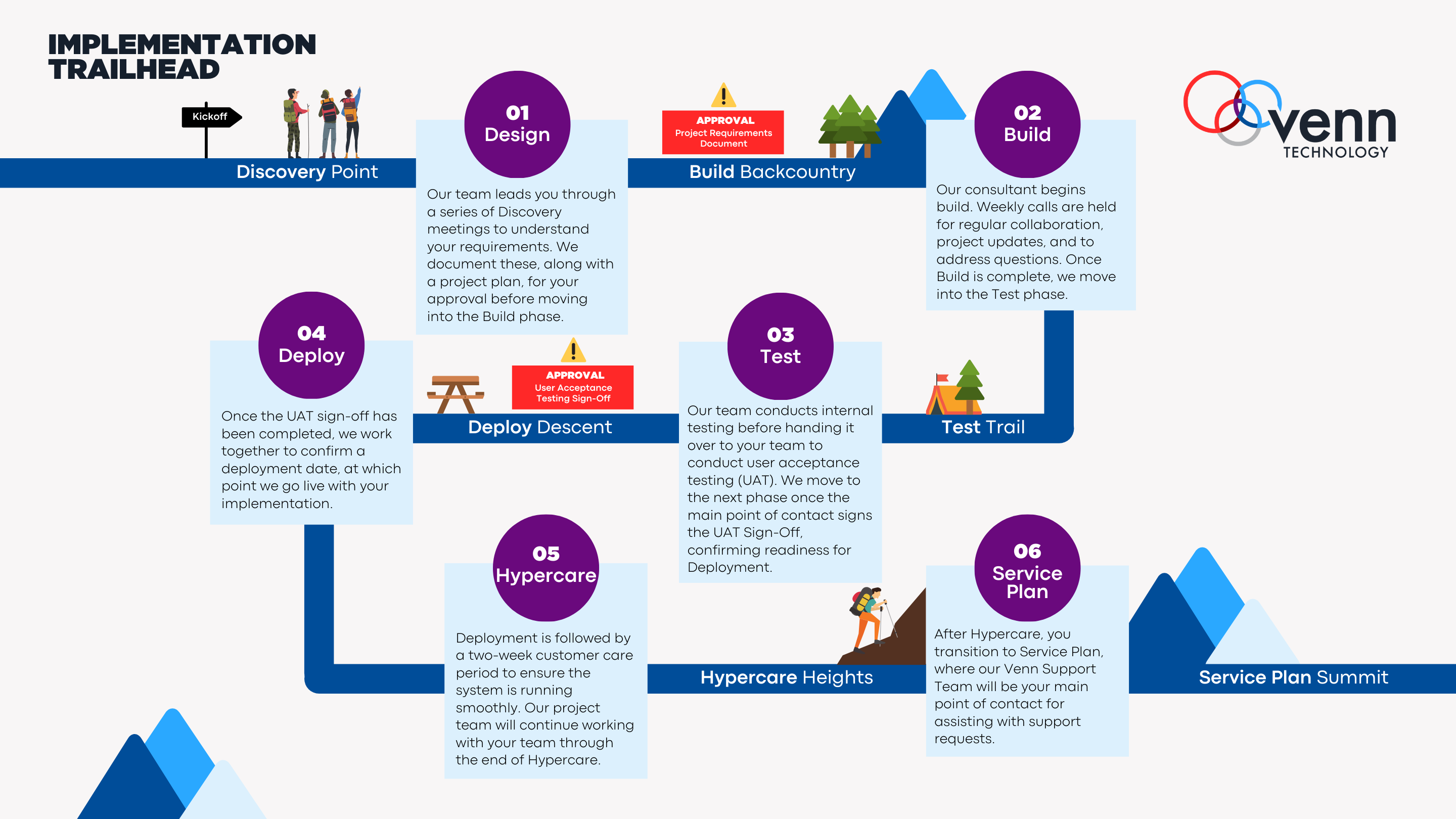
Implementation Phase 1: Design
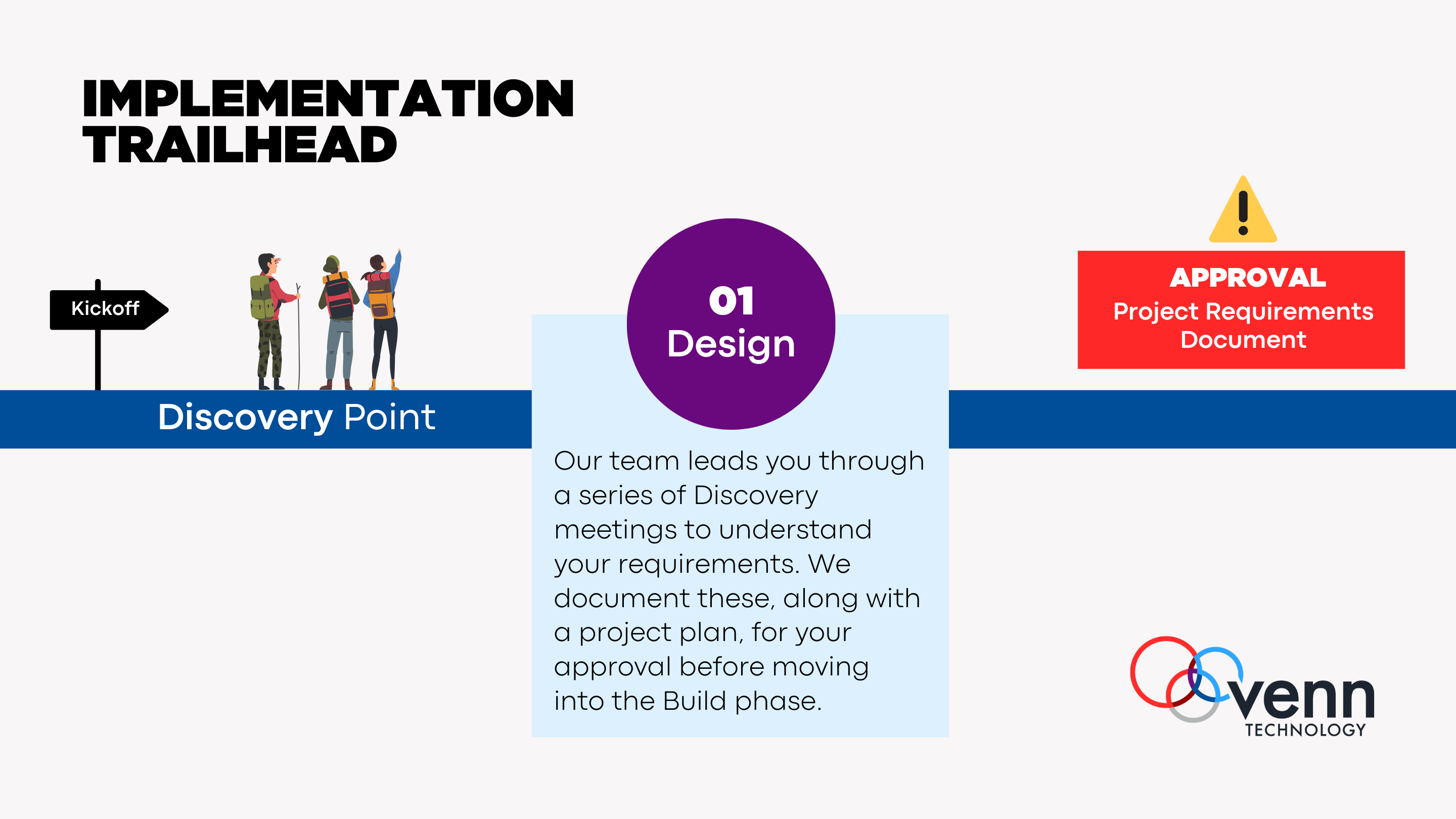
Phase one begins with a Kickoff meeting where our team meets with yours to conduct introductions, discuss timelines, and set expectations for the implementation project. The goal of this meeting is to ensure that project stakeholders are aligned on recurring meetings and communication protocols.
After Kickoff, there are a series of Discovery sessions to help our team better understand your system requirements and unique processes or workflows. Our team asks a lot of questions during these meetings. The information you provide us is compiled into a Project Requirements Document, which is used to develop and configure your Salesforce environment during the project's next phase, Build.
Before moving to the next project milestone, clients review and sign off on the Project Requirements Document. This is used as a guide to lock in scope and ensure specifications are completed throughout the course of the project.
Implementation Phase 2: Build
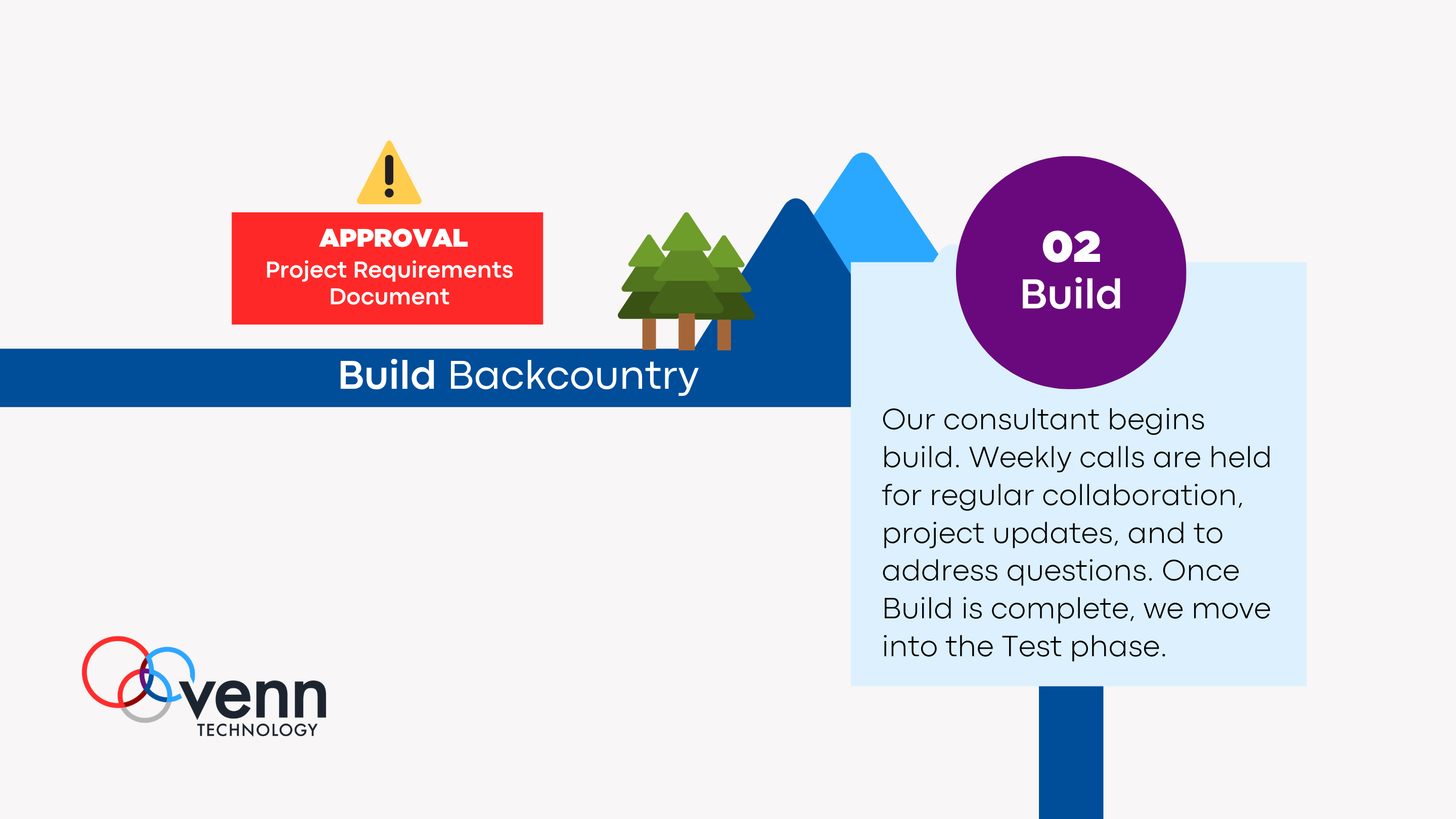
In phase two, our consultants begin the implementation process. During this time, our certified Salesforce experts build and configure your environment while addressing the specifications in the Project Requirements Document.
Recurring meetings continue throughout the Build phase to allow for feedback and iteration. Collaboration is pivotal to the success of the project, and ultimately, we rely on client input for the organization to succeed with its new CRM. Though these calls are often brief, our consultants conduct a demo of everything that’s been built in Salesforce to confirm we’re on the right track.
| Download our guide: Salesforce CRM Implementation—everything you need to get started
Implementation Phase 3: Test
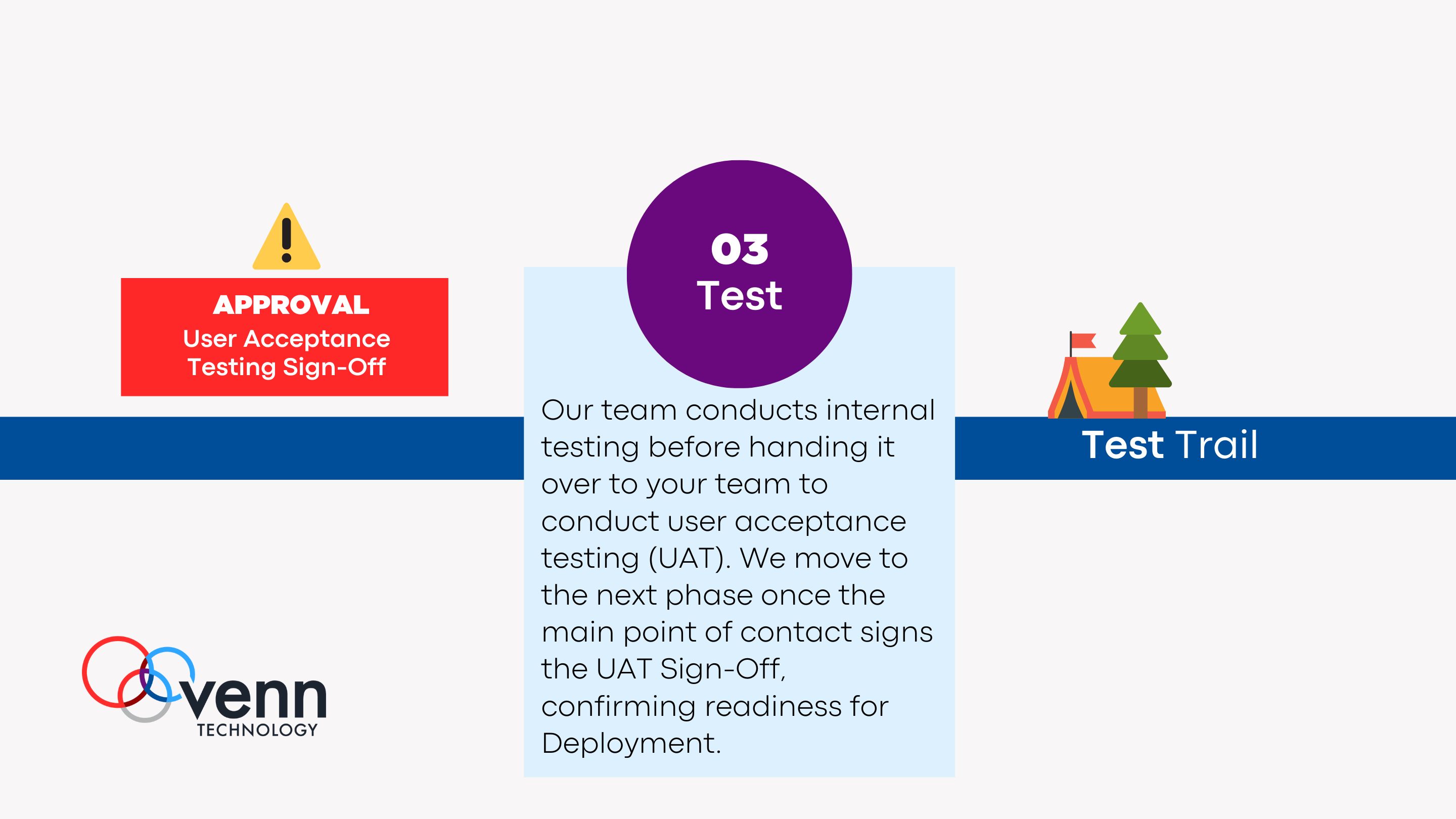
After the build is complete, it’s time to do some testing! Testing is standard for any technology project, but especially for a Salesforce implementation; it’s pivotal to note what needs improvement or change before moving from a sandbox environment to a live production one.
Our team will do some testing of our own before handing it over to the client, but they know their processes best, so they’re the best ones to test. At this point in the project, we ask clients to conduct User Acceptance Testing (UAT), which consists of completing a list of action items and signing off that the system is ready for deployment into production.
Implementation Phase 4: Deploy
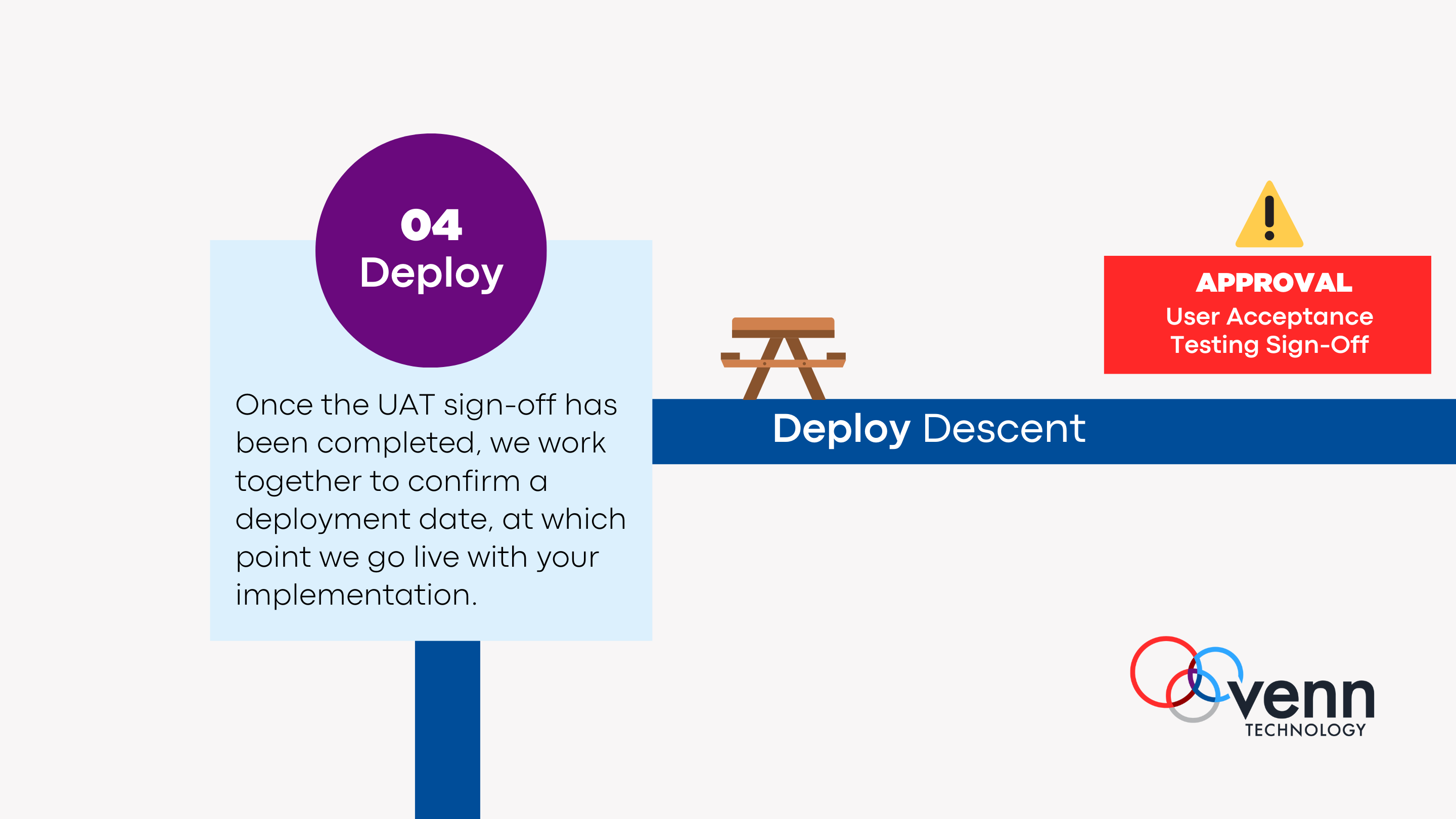
Once testing is complete and the UAT document has been signed, we begin a cutover period from the Salesforce sandbox environment to the live production environment.
When you work with a Salesforce partner like Venn, deployment doesn’t mean we just hit publish and leave our clients to it. After everything goes live, we provide a two-week customer care period called Hypercare.
Implementation Phase 5: Hypercare
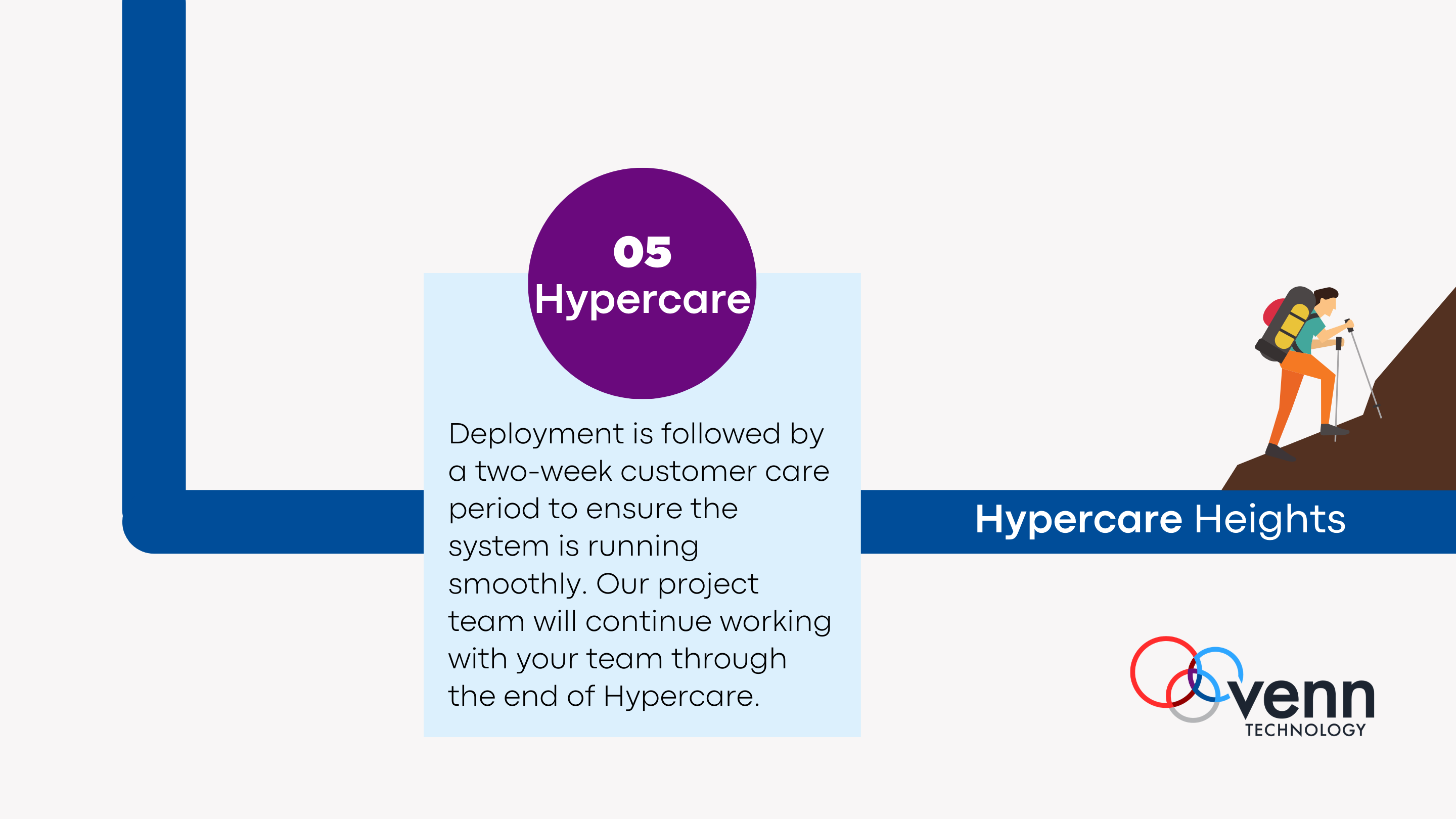
Hey, technology can have its moments. That’s why we provide two weeks of intensive customer support (otherwise known as Hypercare) to ensure the client’s Salesforce environment is operating as planned.
Though project meetings will happen less frequently now, our support team is always available for support. Any issues that come up can be reported using the Bug Testing Form provided by a member of our project team.
Upkeep for a CRM depends solely on the type of organization and if there are resources in-house to manage it. From our experience, it’s common for businesses to outsource future enhancements and improvements. These are the types of things we discuss collaboratively with clients to determine if there’s a need for an ongoing Service Plan.
Implementation Phase 6: Support Plan
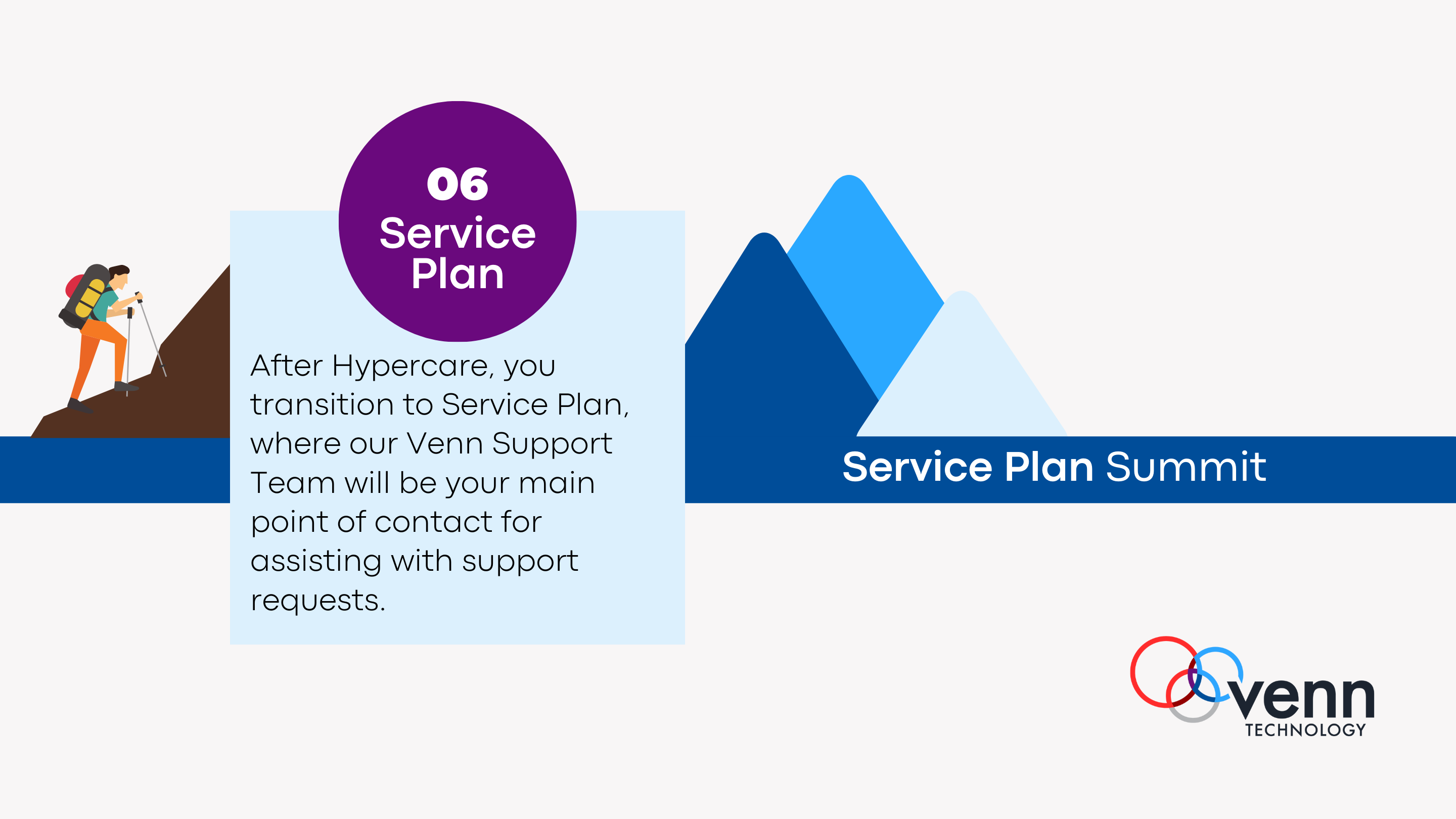
When businesses grow, they undergo many changes. In the final stage of the implementation process, we meet with our clients to discuss plans for future service and upkeep.
Service plans vary depending on the complexity of a given Salesforce environment, an organization’s growth, including new users, products, and a variety of other factors. It may also make sense to implement certain pieces of functionality or processes incrementally.
Need help with a Salesforce implementation and not sure where to start? Pick a time to meet and we'll explore some options together:

About the Author
Bjørn Koding
Bjørn hails from Tallinn, Estonia, and wears multiple hats here at Venn (mostly fur). He's got a knack for making the right connections and having the right conversations—which, in our business—is the name of the game. He's a blast to have around the office and brings a fresh new perspective to the party. Now, if we can only get him to leave the thermostat alone (55° is a tad low for us Texans).

